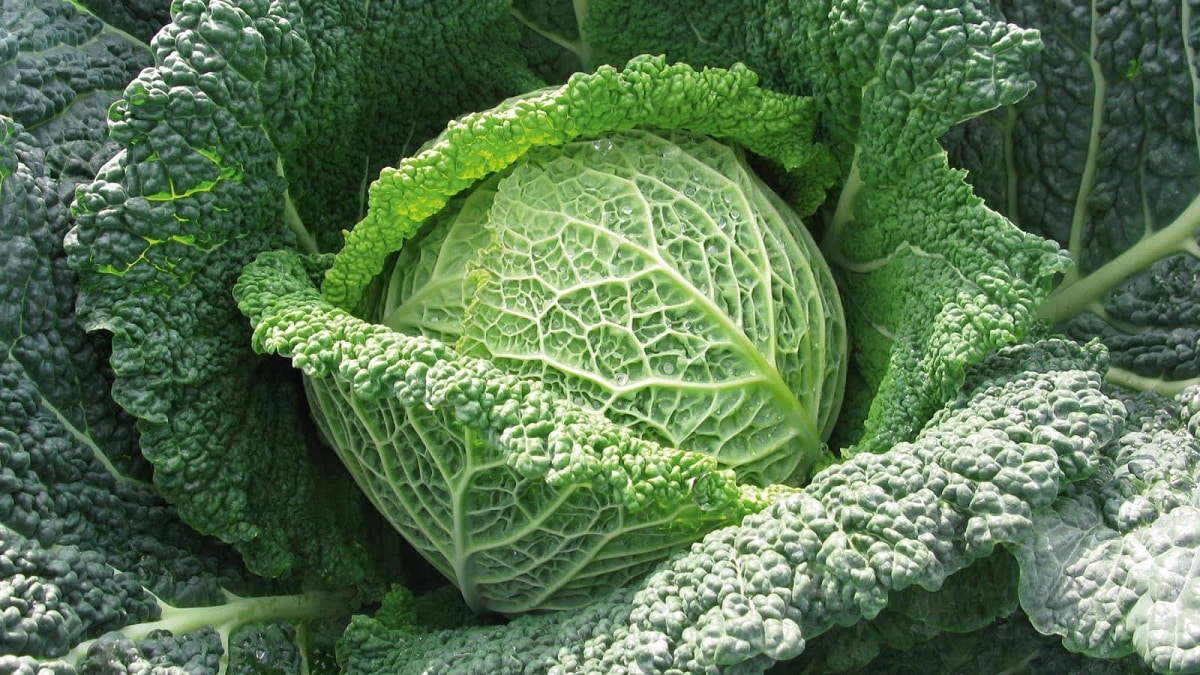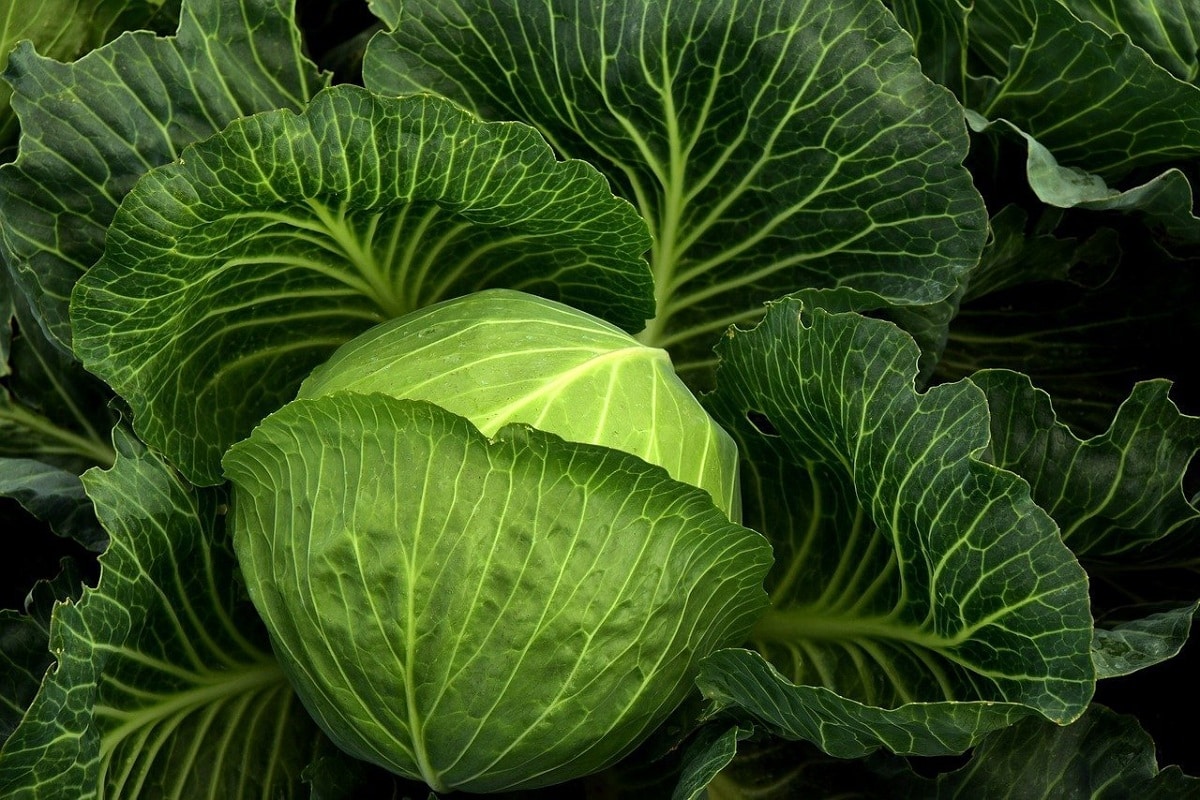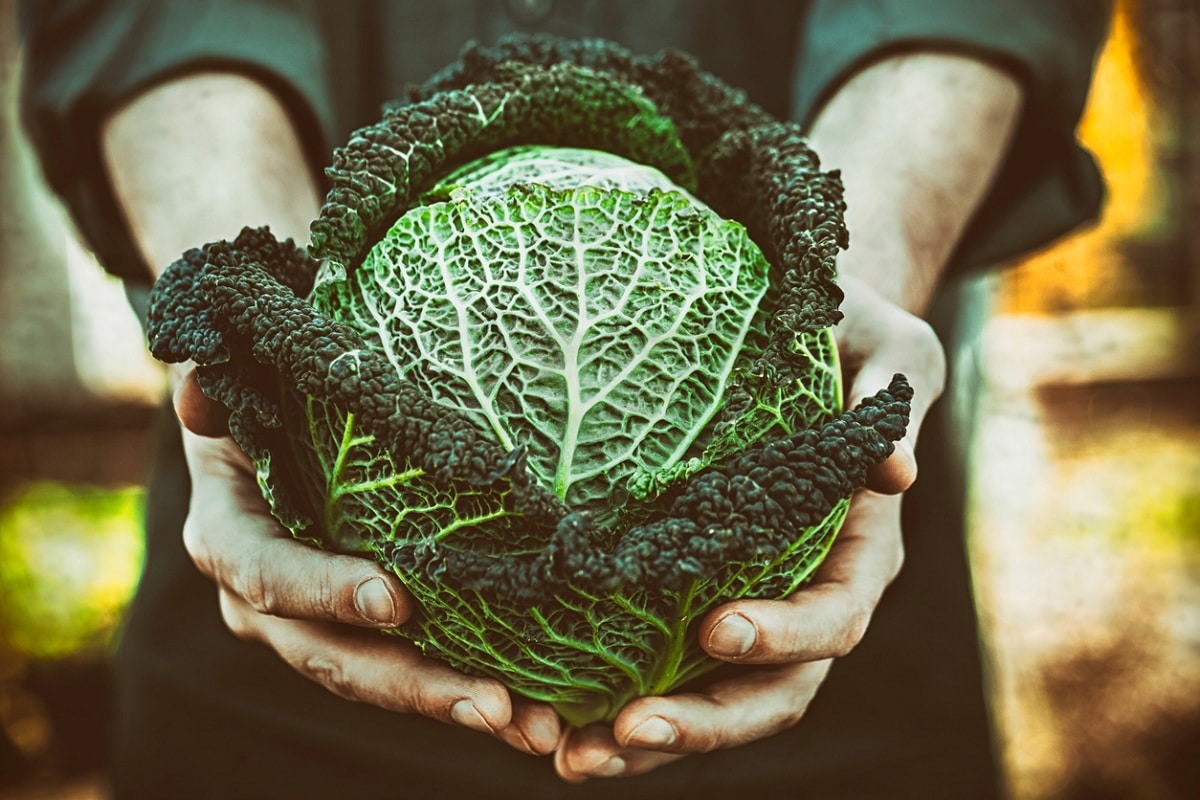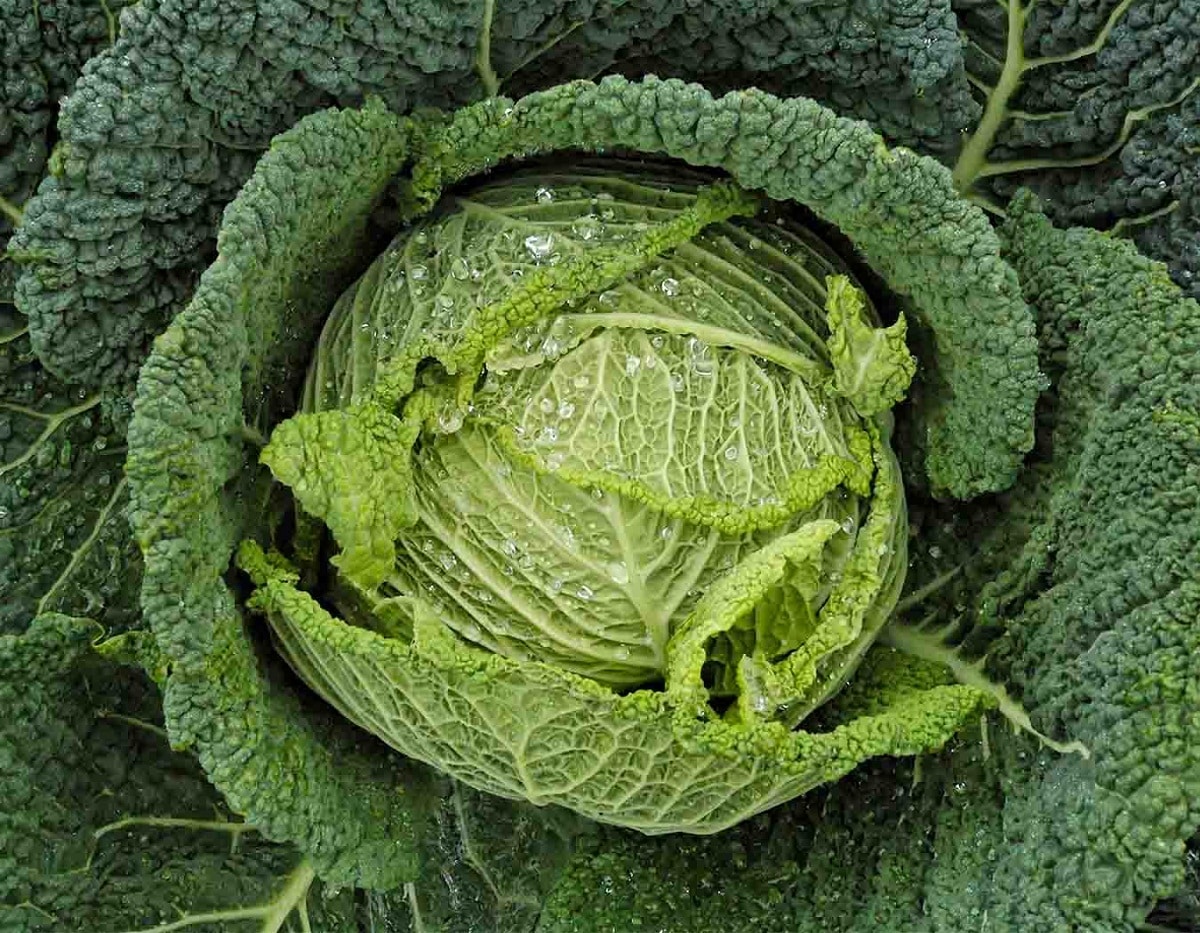
There are numerous types of cabbages depending on their nutritional properties and cultivation method. One of them is the Milan cabbage. It is a variety of white cabbage widely used in diets that serve to lose weight and is known by the name of curly cabbage. It has become very popular in Europe for the multiple benefits it brings to our body.
For this reason, we are going to dedicate this article to telling you everything you need to know about Milanese cabbage, its characteristics, properties and cultivation.
Key features

Rich in water, this vegetable has a high content of iron and vitamin C, among other nutrients, which makes it an excellent food to stimulate the immune system. It also has antioxidant properties.
When you buy it, it can be kept in the refrigerator for several days without changing its characteristics and performance. Like its other varieties, Milanese cabbage is versatile in the kitchen and can be used in salads, stir-fries, stews, and soups.
- To combat anemia: Milanese cabbage is rich in iron, one of the minerals that produces hemoglobin.
- good for weight loss: Milanese cabbage is characterized by its high fiber content, which can create a feeling of satiety, prevent you from overeating and help you control your weight.
- Strengthens the immune system: Milanese cabbage is a source of vitamin C, ideal for boosting the body's defenses.
- Promotes Bone Health: Milanese cabbage is high in calcium, which is essential for maintaining strong bones.
- Good for the digestive system: The nutritional value of Milanese cabbage helps relieve constipation and facilitates the normal functioning of the digestive system.
- Antioxidant: The high water content of Milanese cabbage helps eliminate toxins, provides minerals and helps fight the effects of free radicals.
History and origin of Milanese cabbage

In the XNUMXth century, its cultivation spread to France and England. During the seventeenth century it spread widely throughout Europe and began to be cultivated in Spain at the end of the XNUMXth century. During the XNUMXth century, the European colonial powers spread its consumption throughout the world. However, cabbage was considered a peasant food, so it was not consumed by the most prominent social classes. Today, they are one of the most important vegetables in temperate regions.
Cabbage and cabbage make up a plant species that includes a large number of very different varieties. Those currently being sold come from wild cabbage, which is still found on the Atlantic coasts of France and the UK. They are known by the names Col de Milan or Col de Savoy. They are cultivated cabbages, much like flat-leaf cabbage, with a few differences. These cabbages are more tender and taste great. This gives them a higher quality harvest than before. It is planted less than before because it is less resistant and less resistant to flowering. In better known areas, it has gained more recognition due to its quality.
Milanese cabbage cultivation

Let's see what are the main requirements of Milanese cabbage to be grown in gardens:
- Sun exposure: They adapt to shady conditions, but prefer direct light.
- Frost: Most varieties tolerate frost down to -10ºC. Red cabbage is harvested before frost.
- Sowing: The seeds are small, so they are sown in the nursery and transplanted when the second leaf forms. It is always best to plant in plugs, cabbage roots are fragile and damaging the root ball can delay transplant success. Generally, the seedbeds are made indoors, a process that takes 20 to 38 days.
- Row planting frame: 50 x 60 Although it is not uncommon to reach 60×80.
- Planters for terraces and urban gardens: 50 × 50.
- Irrigation: Regular and frequent. Puddles are harmful.
- FertilizerCabbage: It is a very demanding crop in terms of nutrition, but cabbage in particular and cruciferous vegetables in general do not tolerate poorly decomposed organic matter. For this reason, we do not offer young compost. Worm humus is always beneficial.
- Preferred floors: They prefer slightly acidic soils, but do well on alkaline or alkaline and calcareous soils. If your soil is very acidic, you should use calcium carbonate lime (CaCO3) to ensure you raise the pH. The soil must be well drained.
Crop Details
It is somewhat resistant to salt. In fact, wild varieties of kale grow along the coast. As for the filling of the soil, it would be detrimental if it contained slugs and snails, especially the smallest ones. For growing cabbage in a pot, at least 20 liters of substrate per plant. The amount of substrate will determine the size that the plant reaches.
Varieties harvested in spring are planted in autumn. Summer-harvested varieties are planted in late winter and early spring. Depending on the variety and the climate, they can be harvested in 90 days, but they usually take 150 days or more. If planting directly from seedlings, 30 days should be subtracted. At high temperatures, there is no need to wait for harvest.
Botanically, the cabbage cycle is twice a year, so Milanese cabbage can harvest leaves for a long time. The production cycle for the rest of the cabbage is once a year: the heads are harvested before the flowers begin to form inside.
Direct seeding cabbages is not the most recommended way if you are just starting out. The reason is that the seeds are very small and the cabbage is very fragile when it germinates and even four weeks later. A brief visit from a slug or bird can wreak havoc in minutes and cancel weeks of work. For this reason, it is better for most people who grow cabbage from seed to protect the seedbed than to plant directly in the final location.
I hope that with this information you can learn more about Milanese cabbage, its characteristics and cultivation.